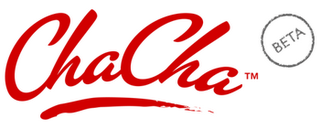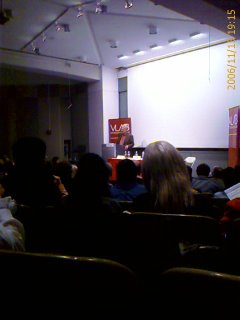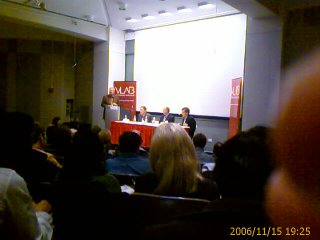Putting up a basic html webpage, not even a full site was such a novelty. People would be awe struck, 'wow you did that'. The internet was seen as this geek creation that emerged out of the barracks of DARPA. Who would have thought that a few years later most of the world would be conducting business, interacting with friends, hosting e-conferences and e-workshops which are commonly known as webinars would be commonplace.
Then comes this concept of searching from your personal computer, searching for any and every type of information without leaving your home or office. Search for information without stepping into a library or bookstore. Who would have imagined that this would be possible. Schools and University professors actually discouraged their students from researching for data for papers and projects from the internet. Students who were caught using the internet search engines where severely penalized. This was not too long back, around the mid to late 90's.
Today, the search world is booming with Yahoo! and Google being the top search engines on the internet. There are other smaller search engines, however to the most part these little guys tend to end up using some aspect of Yahoo! and Google.
Both Google and Yahoo! have complicated search algorythms which are continually develop and upgrade. However, they do have limitations, for one searching for specific information still requires the human factor. Where the user has to have some skill in choosing creative search strings. Searching for specific information can take hours, and even then you may not be satisfied. Out of a thousand hits you may find perhaps ten hit that has some relevance to what you are searching.
Despite these issues in the search world, millions of people from around the world search the internet through one of their prefered engines, Google or Yahoo! are generally the case.
But that is about to change with the recently founded Chacha Live Search Engine. Chacha on the surface of things looks like any other search engine. In fact, when you first visit www.chacha.com your first thought will most likely be...'Oh my God, this is a Google copycat...' As the home page looks very similar to www.google.com. Even the logo could be seen as following a Google like style.
But you will notice one thing: there is an option to search with a guide. That is a real live, breathing guide. A human guide who you can speak to and who will help you locate what your looking for. Now this is an experience, recieving VIP service for free !
Literally it feels like VIP service, you feel like a VIP who is being served by a dedicated search consultant. It is a novelty in todays world, to be able to speak with a person via a text chat about information you are in need off. This is would appear to be the new wave in Information Technology--providing the Human Experience to all your online activities. Allowing the user to experience the online world with the human touch. Not just Chacha, but many internet companies are begining to realize the end-users need and demand for the human touch.
Search engines such as Chacha may very well be next distructive technology in the search space. Thus creating a cascade effect where other search companies will be forced to rethink there business and technology models. They sooner or later will have to look into providing the human element to their services, as the trend is appearing to go in that direction.
In the next several months we should be seeing some dramatic changes in the search world, Google most probably will attempt to acquire Chacha, or perhaps Chacha's user share will increase with more and more users opting to use www.chacha.com over www.google.com. This is similar to how Yahoo! search lost its user share to Google.
So are you going to Chacha or Google?
Copyright C. 2007 Rabita Technologies Inc
TechRabita is a trademark of Rabita Technologies,Inc





